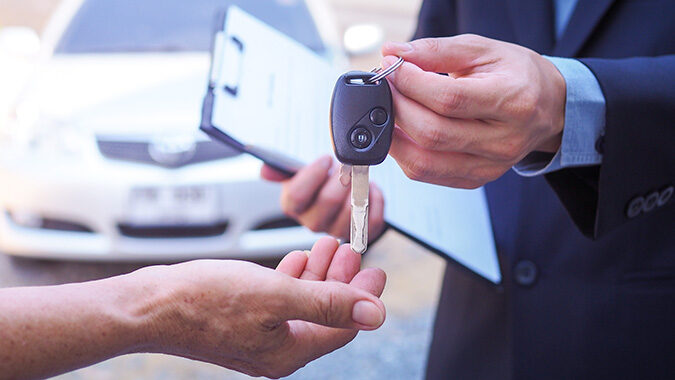As the cost of financing a new or used vehicle grows increasingly more expensive, the percentage of car-buyers committing to monthly vehicle payments of $1,000 or more has more than doubled in the past two years.
According to the car-shopping experts at Edmunds, a record 15.7% of consumers who financed a new vehicle in Q4 of 2022 committed to a monthly payment of $1,000 or more. This is a significant increase from Q4 of 2021 (10.5%) and Q4 of 2020 (7.4%).
Just as vehicle prices have increased compared to a year ago, so have interest rates for vehicle purchases. The average annual percentage rate (APR) on new, financed vehicles climbed to 6.5% in Q4 2022 compared to 5.7% in Q3 2022 and 4.1% in Q4 2021. The APR on used financed vehicles climbed to 10% in Q4 2022 compared to 9% in Q3 2022 and 7.4% in Q4 2021.
Consumers are putting more money down on their purchases to offset rising costs. The average down payment for new and used vehicles hit record highs in Q4 2022, climbing to $6,780 and $3,921, respectively, Edmunds said.
“Just as new and used car prices finally started to cool off in Q4, rapidly rising interest rates created an even greater barrier to entry for consumers who rely on financing — which is the vast majority of car shoppers,” said Ivan Drury, Edmunds’ director of insights.
Analysts cautioned that the combination of costlier vehicle financing and cooling used car values could spell trouble for some consumers down the road if they do not budget or plan accordingly. Edmunds also examined new vehicle sales that involved a trade-in with negative equity – meaning the consumer owed more on their old car loan than the vehicle was worth.
- 4% of new vehicle sales with a trade-in had negative equity in Q4 2022, compared to 14.9% in Q4 2021 and 31.5% in Q4 2020.
- The average amount owed on upside-down loans was $5,341 in Q4 2022 compared to $4,141 in Q4 2021 and $5,059 in Q4 2020.
“Vehicle equity is really a tale of two gears for consumers over the past few years,” said Drury. “At the onset of the pandemic, consumers benefited from low interest rates and elevated trade-in values, helping shield even the more questionable financing decisions from resulting in negative equity.
“This unique confluence of market forces resulted in some vehicle owners being able to take advantage of positive equity on their loans and even their leases,” Drury said. “But as we shifted toward an environment with diminished used car values and rising interest rates over the past few months, consumers have become less insulated from those riskier loan decisions, and we are only seeing the tip of the negative equity iceberg.”

